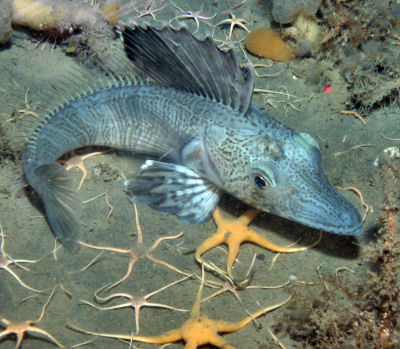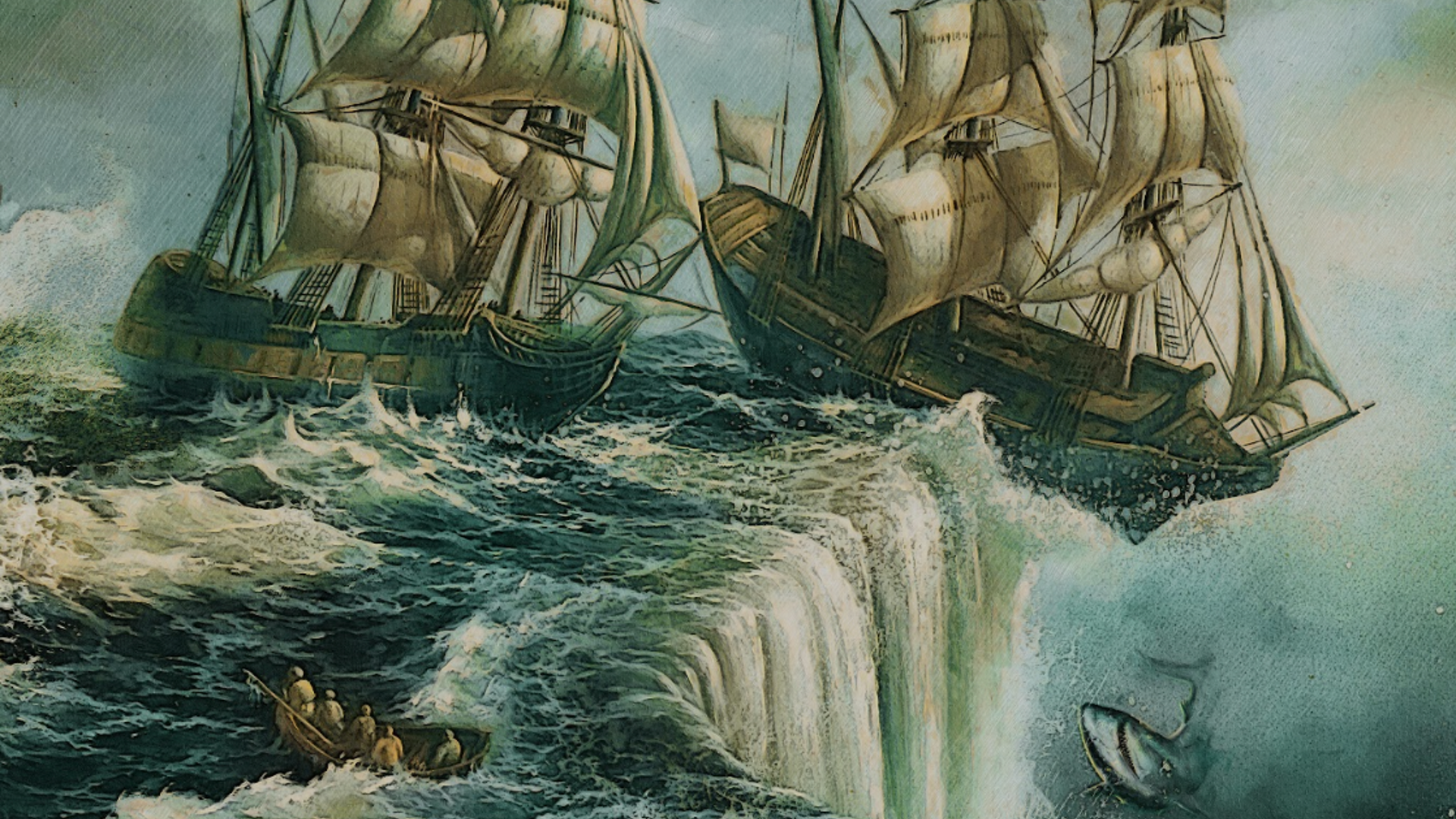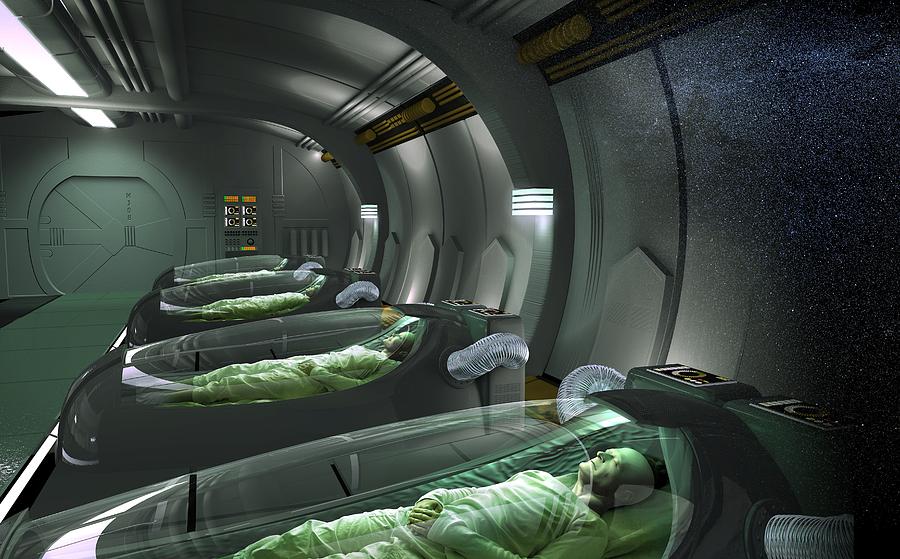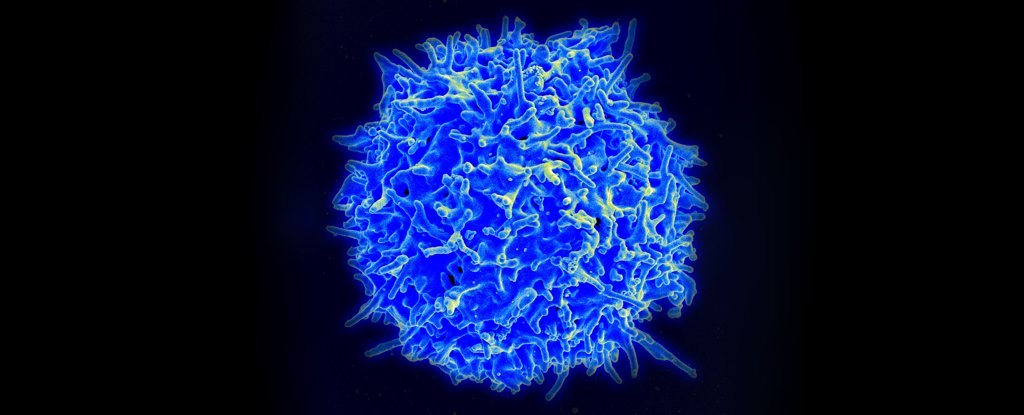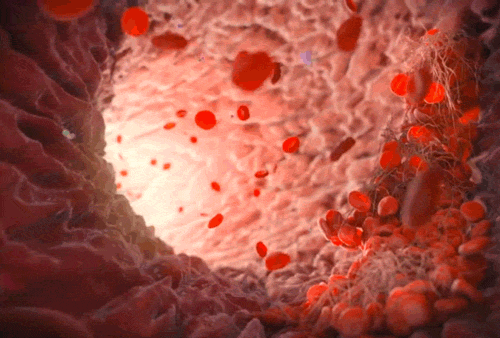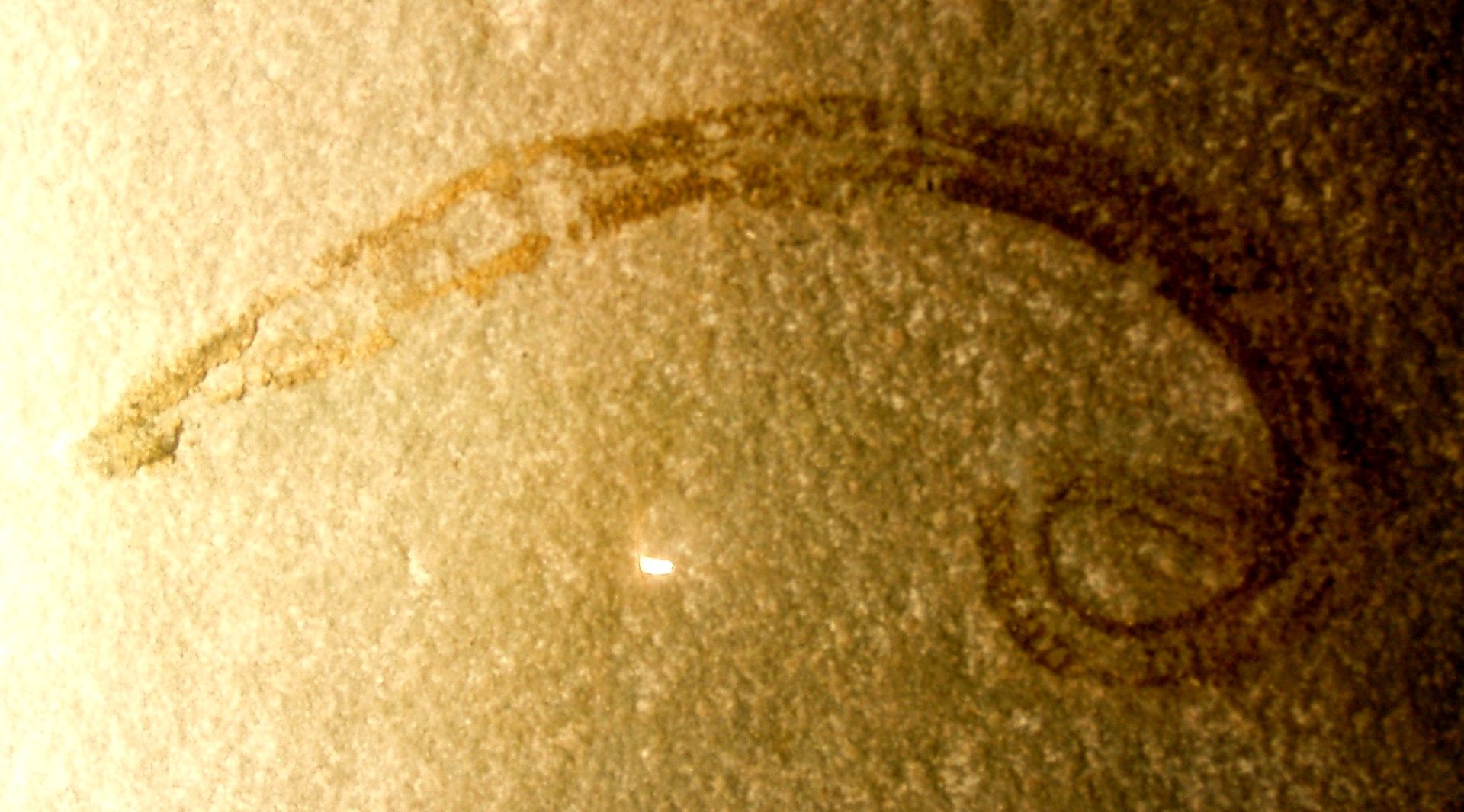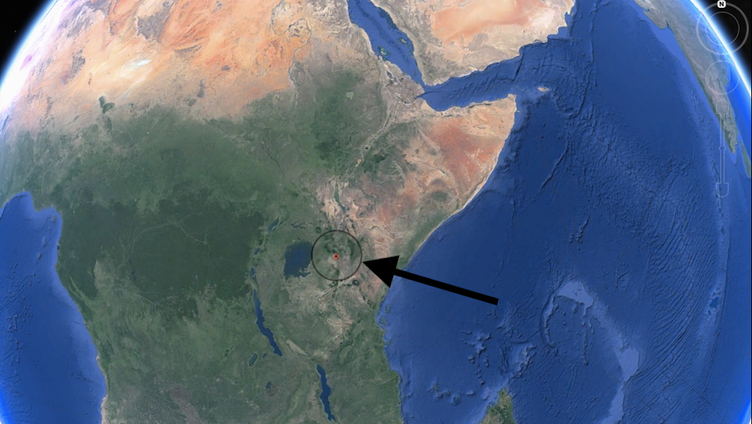Amidst all the hysteria surrounding the seemingly unstoppable COVID-19, we bring you a story of a fish without blood. In 1928 a biologist sampling off the coast of Antarctica pulled up an unusual fish. It was extremely pale (translucent in some parts), had large eyes and a long toothed snout, and somewhat resembled a crocodile (it was later named the “white crocodile fish). Unbeknownst at the time, but the biologist had just stumbled on a fish containing no red blood pigments (hemoglobin) and no red blood cells – he iron-rich protein such cells use to bind and ferry oxygen through the circulatory system from heart to lungs to tissues and back again. The fish was one of sixteen species of what is now commonly referred to as icefishes that comprise the family Channichthyidae, endemic around the Antarctic continent.
